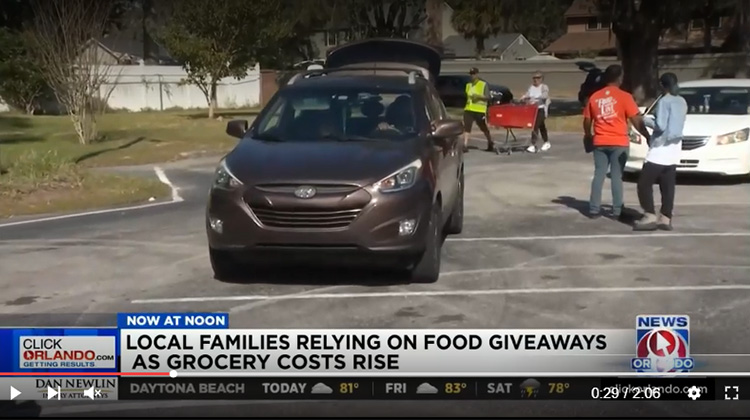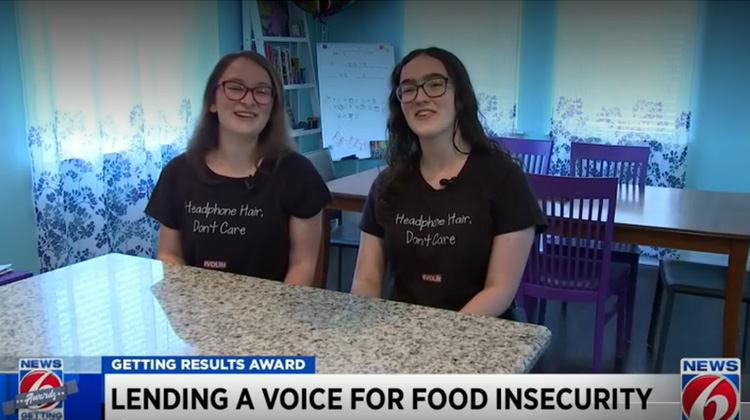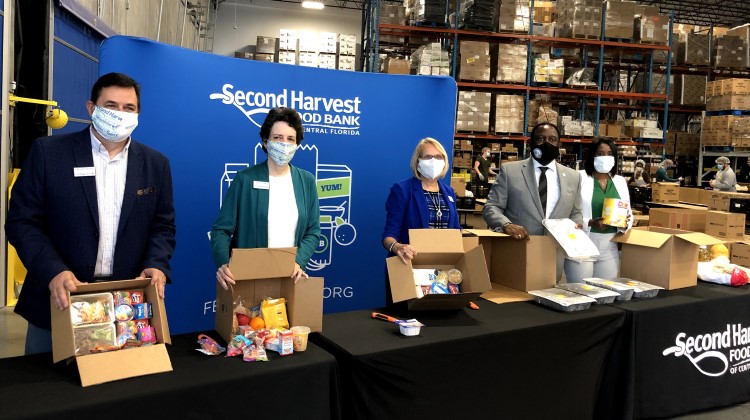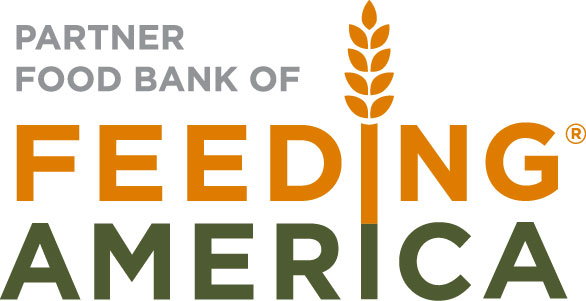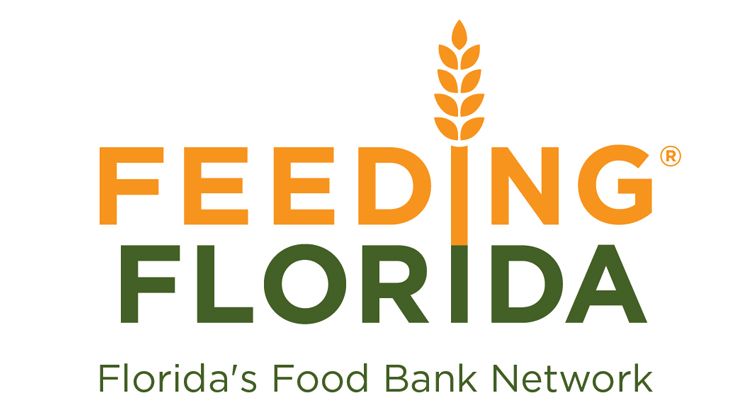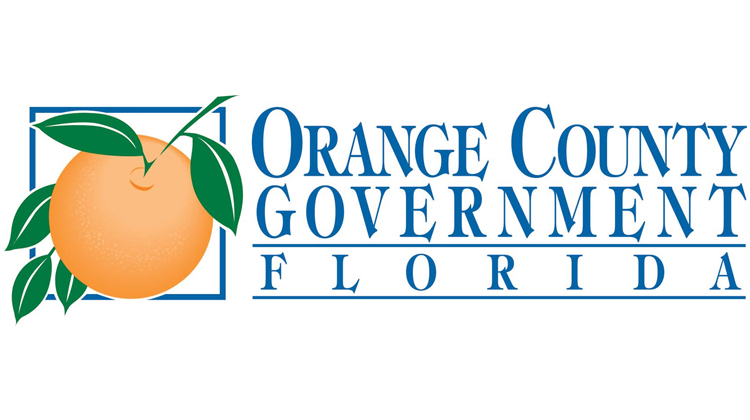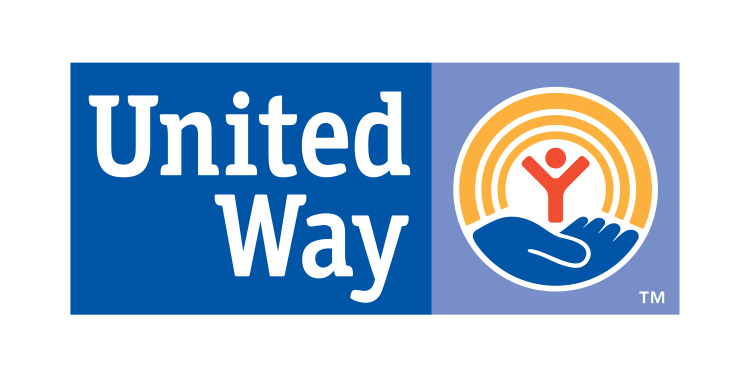According to the latest Consumer Price Index report, inflation may have fallen for the seventh consecutive month. Still, grocery prices continue to rise – jumping 11.3% in January compared to last year.
Inflation’s lingering impact has many hard-working families making difficult decisions about which expenses are the most critical to cover first: Rent, utilities, gas, medicine or food. As WKMG Local 6 reports in a recent story, people began lining up at 5 a.m. for a food distribution in Orange County.
Maria came to the food distribution with her sister and friend. She explained that her SNAP benefits aren’t keeping up with inflation. “Things are very expensive, the eggs, vegetables, meat. It’s too hard.”
Pedro echoed her sentiment by saying, “Why do you think I’m here? Because this is a huge help for people who don’t have enough money. Here you get the things you need.”
They’re not alone. Last month Second Harvest Food Bank of Central Florida saw a 22% increase in the number of people searching for charitable food assistance on its website. The Food Finder tool is a simple search engine that connects neighbors with local feeding partners in their neighborhood. Second Harvest partners with 625 food pantries, soup kitchens and other nonprofits to help distribute perishable and nonperishable food across seven counties, including Brevard, Lake, Marion, Orange, Osceola and Volusia.
The effects of elevated inflation are expected to impact families for quite some time. The U.S. Department of Agriculture predicts that food prices will increase by 7.1% in 2023.
Thanks to the support of donors, volunteers and advocates, Second Harvest will continue to distribute enough food to provide 300,000 meals a day to neighbors like Maria and Pedro.


